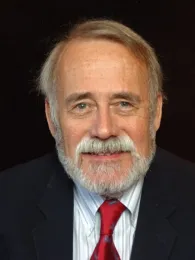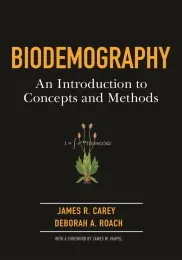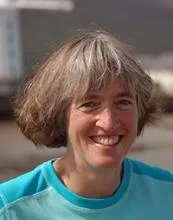
The book, Biodemography: An Introduction to Concepts and Methods, is the work of Carey and Deborah Roach, a University of Virginia biology professor and a past president of the Evolutionary Demographic Society. The landmark book will be published Jan. 7 by Princeton University Press.
Carey, one of the founding fathers of the interdisciplinary field and considered the global authority on arthropod demography, describes the field of biodemography as linking a number of professions. “It is an essential resource for demographers, epidemiologists, gerontologists, and health professionals as well as ecologists, population biologists, entomologists, and conservation biologists.”

“The authors aim to enlighten and inspire and they succeed,” Vaupel wrote. He cited the important and innovative ideas, mode of explanation, and the graphic illustrations, all of which make the book “sparkle.”
Carey and Roach cover everything from baseline demographic concepts to biodemographic applications, and “present models and equations in discrete rather than continuous form to enhance mathematical accessibility,” according to Princeton University. (Watch Carey's book trailer on YouTube)
Topics range from kinship theory and family demography to reliability engineering and tort law, and also demographic disasters such as the Titanic and the destruction of Napoleon's Grande Armée. It also includes an analysis about the Donner Party.

The authors point out the differences in survival, “such that the young and old died at higher rates than the middle-aged. Indeed with one exception, no individuals of ether sex beyond 49 years survived. Males not only died at roughly twice the overall rate as females, but many males also died earlier in the disaster period. Third, kinship size and association were important to survival; individuals not associated with a kinship group died at much higher rates than those who were associated with a group.”
Carey, who holds a doctorate in entomology from UC Berkeley and studied population biology for a year at Harvard while working on his doctorate, joined the UC Davis Department of Entomology in 1980. He served as the principal investigator of a 10-year, $10 million federal grant on “Aging in the Wild,” encompassing 14 scientists at 11 universities.
Highly honored for his research, teaching and public service, Carey is a fellow of four organizations; American Association for the Advancement of Science, Entomological Society of America, California Academy of Science and the Gerontological Society of America.
(Editor's Note: To purchase the book, access the Princeton University Press website.)
